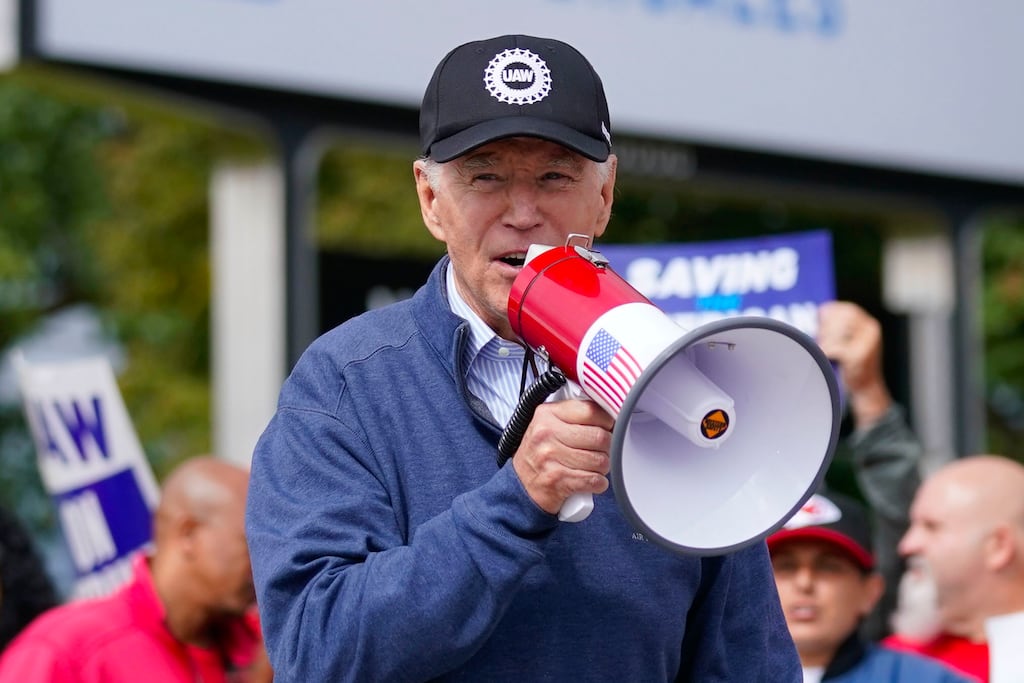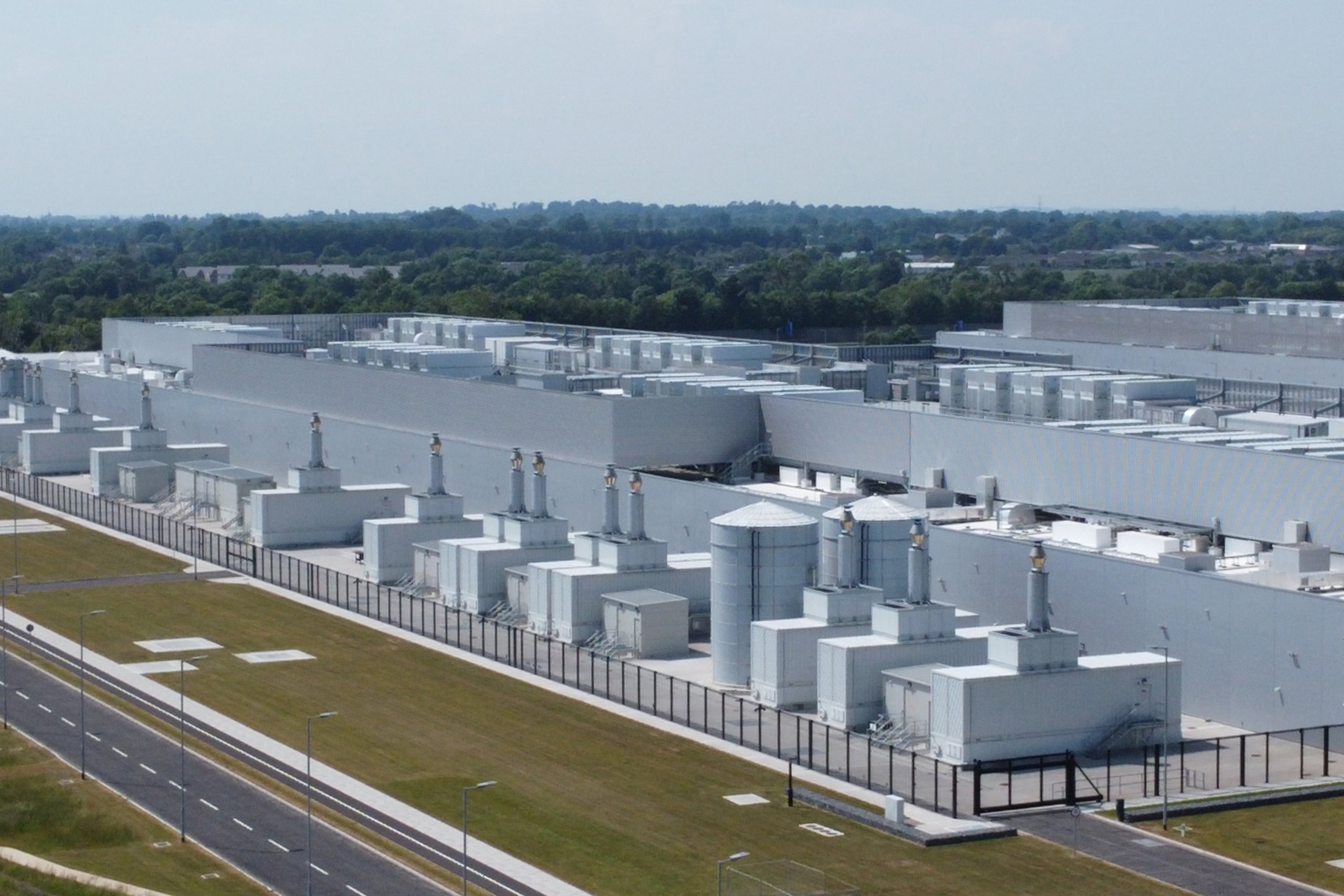On Monday, striking Hollywood screen writers won a long battle for higher pay and job security. On Tuesday, Joe Biden – who describes himself as the most pro-union president in history – became the first United States premier to join a picket line, endorsing a landmark strike by members of the United Auto Workers (UAW) against the Big Three car companies: Ford, General Motors (GM) and Stellantis (incorporating Fiat and Chrysler).
The tide is turning for US unions in the biggest surge in labour militancy in a quarter-century. So far this year, 247 strikes have engaged 341,000 workers, including carworkers, writers, actors, Starbucks workers, Amazon workers, UPS drivers and flight attendants. Sixty-thousand Las Vegas hospitality workers have just voted to come out.
Tight labour markets, economic growth and labour shortages have given unions more leverage and their members a new confidence to recoup losses over the years of economic crisis. Average weekly non-supervisory wages, a measure of blue-collar earnings, were higher in real terms in 1969 than they are now. And yet, the share of corporate income devoted to compensating the five highest-paid executives of large corporations has ballooned from an average of 5 per cent in 1993 to over 15 per cent.
Over the decade, the Detroit Three collectively posted net income of $164 billion (€156 billion) – GM, alone realised a 50 per cent jump in profits since the last round of contract talks in 2019. Its chief executive, Mary Barra, had a compensation package worth $28.98 million in 2022 and her pay has increased 34 per cent since 2019. GM’s median worker pay was $80,034 in 2022. It would take that worker 362 years to make Barra’s annual compensation.
READ MORE
The UAW, which is seeking a 40 per cent increase over four years, is paying striking workers – about 13 per cent of its 146,000 membership – $500 a week each from its $825 million strike fund.
It is using targeted, selective action against the Big Three’s most profitable plants to sustain the strike for months, at a cost to employers of more than $500 million a week.
The UAW also wants improvements in pensions, company-paid retirement healthcare, a 32-hour week and job security for workers if manufacturers close plants to win back the major concessions it made in the late 2000s economic turndown. The top wage today – about $32 an hour – is worth considerably less, in real terms, than it was in 2003.
Crucially, however, in the face of the biggest changes to car-making in its history, the UAW is demanding that EV battery plants opened by the Big Three, either individually or in collaboration with South Korean manufacturers, are unionised with terms and conditions comparable to the old industry.
Separate contract talks at a massive EV battery plant in Ohio may have even more of an impact than the strike on the labour standards of this emerging industry. The talks are expected to set benchmarks for new battery plants springing up mainly in the poorly-organised south.
It is this issue, however, which pits the UAW against a central plank of Biden policy – the encouragement through the use of huge tax breaks of the nascent EV battery industry. The president’s key environmental target is for two thirds of passenger cars to be all-electric by 2032, up from 5.8 per cent today. Union leaders recognise they cannot stop the rise of EV but speak of a “just transition” with protection for workers.
Traditionally Democratic in outlook, the UAW welcomed him to the picket line but has, so far, refrained from endorsing Biden’s run for re-election next year. It wants the administration to require carmakers as a precondition of state aid to comply with minimum labour standards.
In Ohio, many union members defected to Donald Trump in 2020 on the basis of his campaign against international trade deals. The former president, who also campaigned on the issue in the crunch state of Michigan this week, has staked out a position against the federal push for more electric vehicles.
On social media, he appealed to car workers: “Remember, he wants to take your jobs away and give them to China. I will keep your jobs and make you rich.” Fellow Republican presidential candidate senator Tim Scott of South Carolina has been more typical of the party’s anti-union traditions, suggesting the carworkers should simply be fired.
Although unionised workers now represent only 6 per cent of the private-sector workforce, down from over a third in the 1960s, they are beginning to revive a dormant tradition of militancy. Car executives and billionaires “think they own the world,” UAW leader, Shawn Fain, told strikers, “but we make it run”.
Their success in the new economy will be closely watched and applauded by trade unionists internationally.













